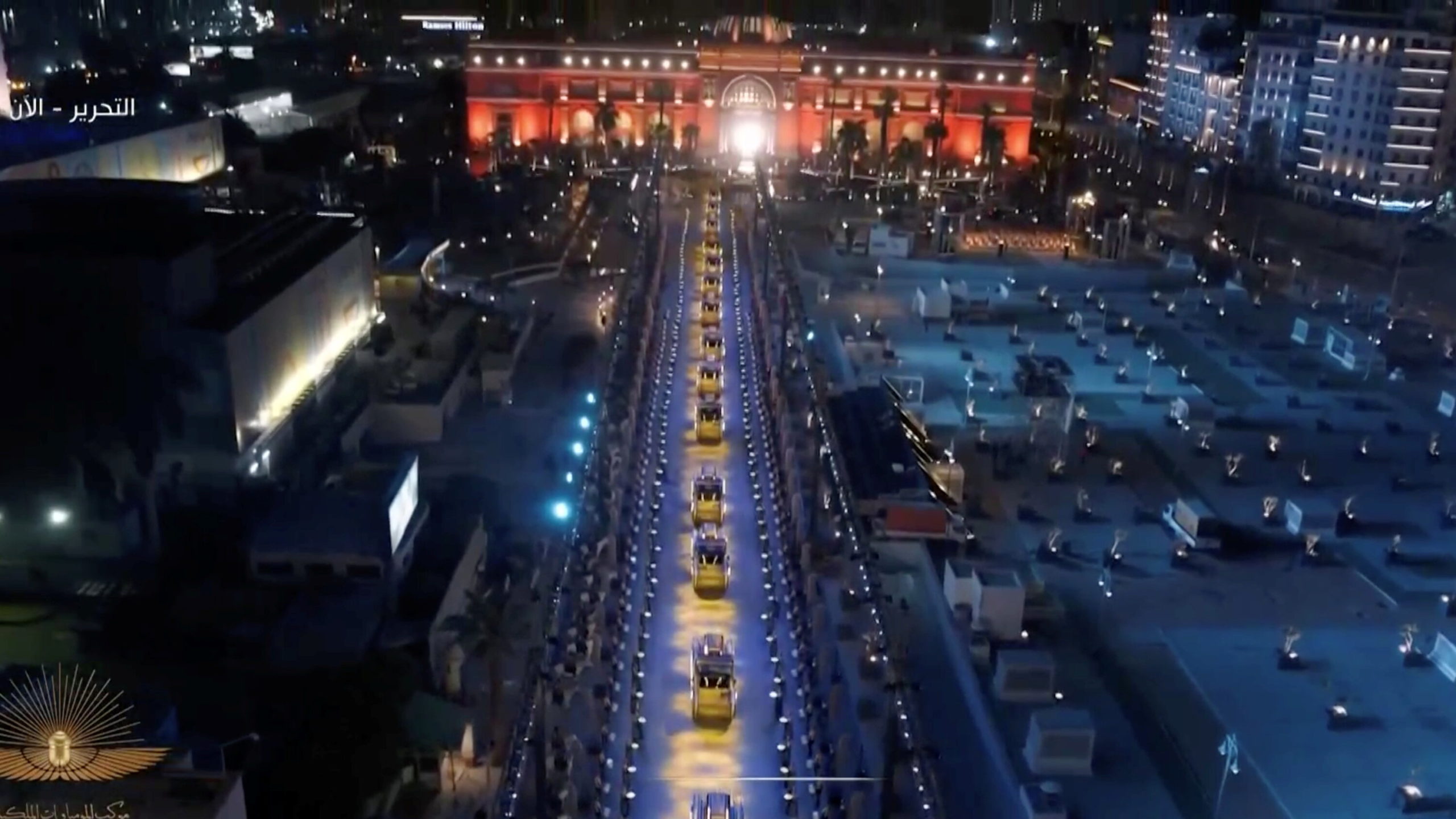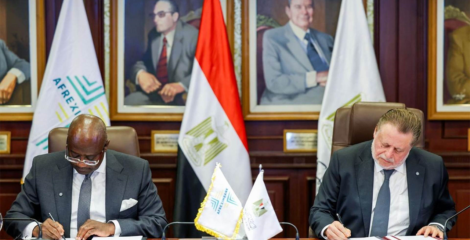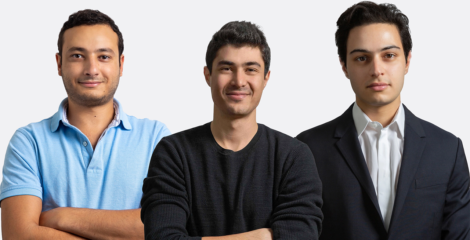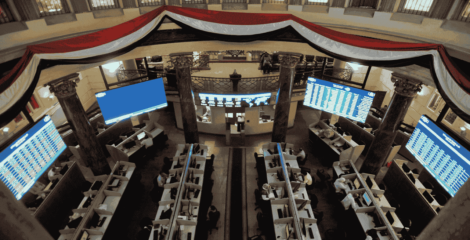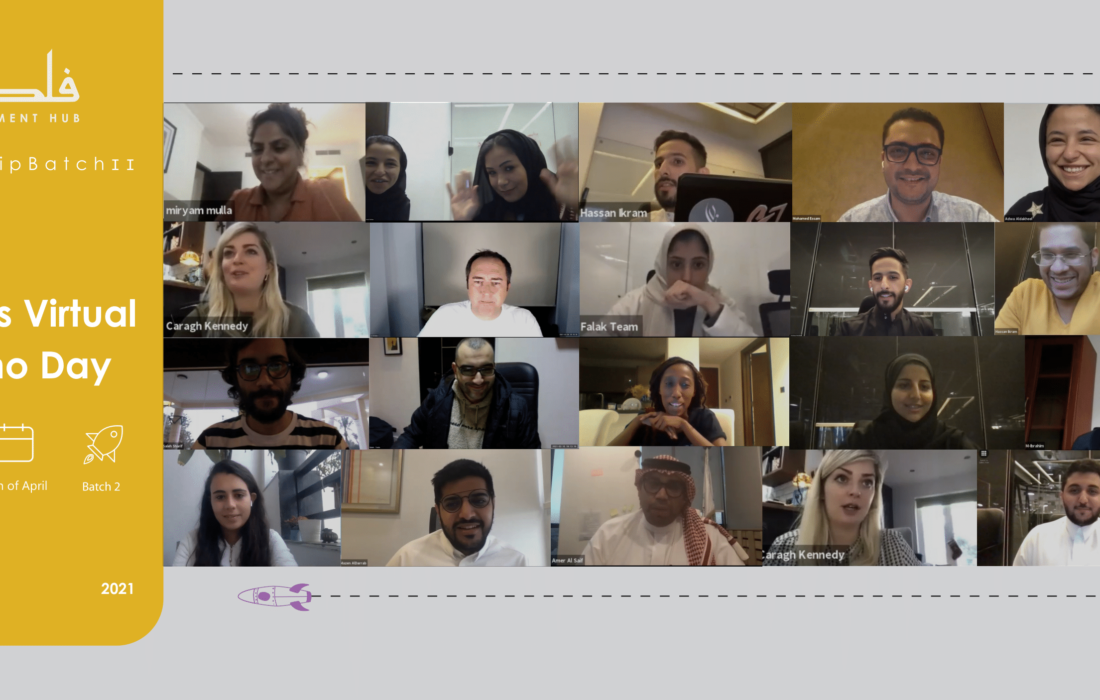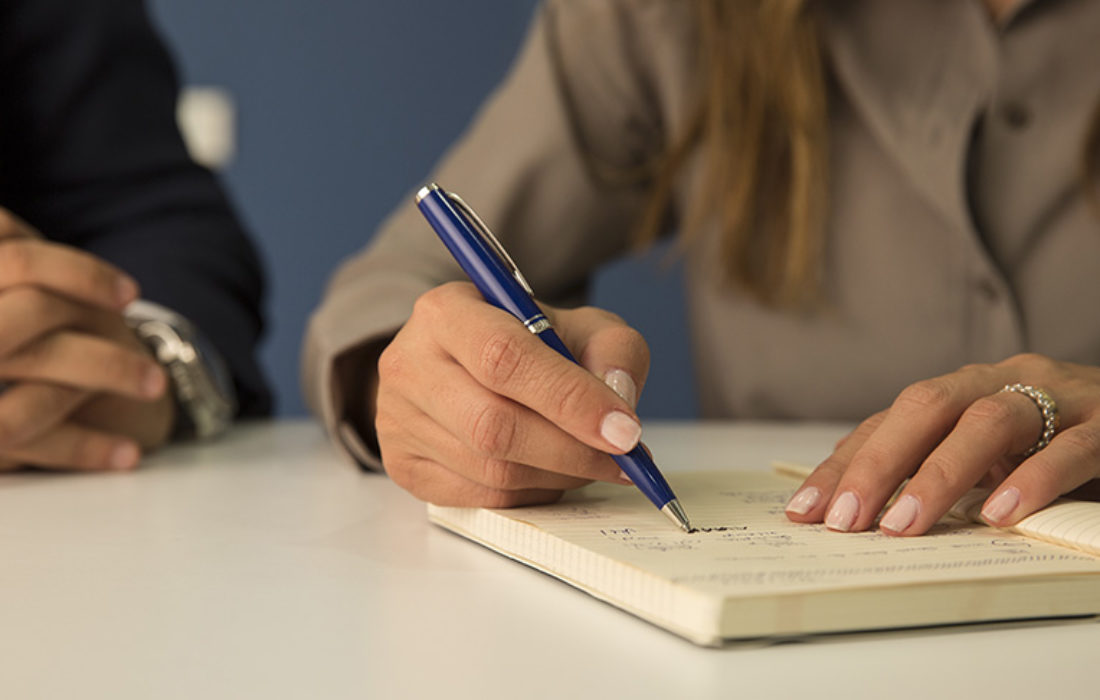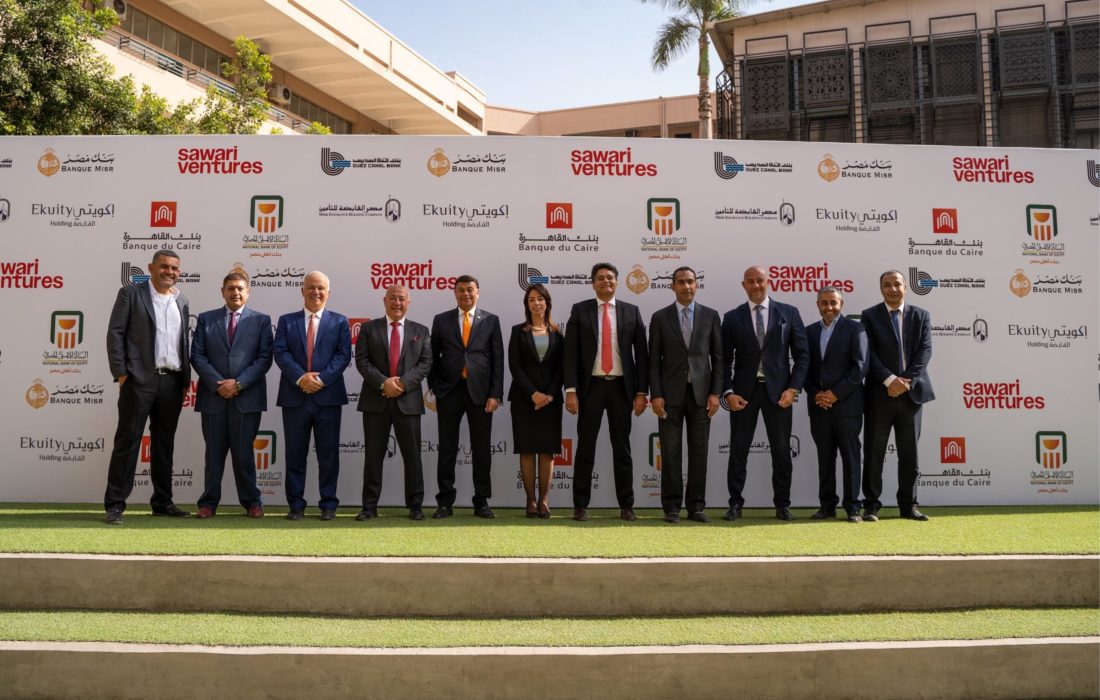Last week, the road between the Egyptian Museum in Tahrir Square and the Museum of Civilization in Fustat witnessed a parade to transport 22 royal mummies, in a huge ceremony. The parade which has been under preparation for two years had a global audience and included important figures and members of Egyptian society.
WAYA spoke with Ahmed Youssef, CEO of the Egyptian Tourism Promotion Authority, about the world’s view of Egypt after the transfer ceremony, and its expected impact on tourism in Egypt. Find out what he said in WAYA’s Q&A:
What key messages did you want to deliver with the mummy parade?
This ceremony has several messages and connotations. Firstly, we have distinct components represented in the Pharaonic civilization, which has no parallel in the world. Our beaches and other tourist potentials, other globally can compete with us on that level, but the Egyptian civilization, including its history, antiquities and treasures that no one can compete with.
Secondly, the participation of the Egyptian state and the Ministry of Tourism represented by the Tourism Promotion Authority, and all state agencies in this huge event, indicates the ability of the Egyptian state to work in full coordination at a high level to establish an international event with distinction.
Thirdly, in addition to the impressive implementation of the procession, the use of the highest technologies, the participation of artists and university students, seeing Egypt in a new, more beautiful and civilized form in terms of the streets that have been developed, the new roads and the beautiful new squares, specifically Tahrir Square,we touched on the architectural renaissance and the existing infrastructure everywhere in Egypt today. This reflects our interest in developing our country, especially the ancient capital, Cairo, as well as new cities.
The fourth message is the renaissance that Egypt witnessed in recent years, as 20 museums were opened, for example, but not limited to the Hurghada Museum, Kafr El Sheikh, and the Royal Vehicles Museum, the last of which is the Museum of Civilization, and the successive archaeological discoveries, in addition to the restoration of mosques, various Jewish temples and churches.
The message here is that we care about our heritage and civilization, at all periods of time and all religions that existed on this good land. This is because the Egyptian people by nature respect differences, cultures, and religions, and we do not have racism.
Why were the mummies moved from the Egyptian Museum to the Museum of Civilization?
For several reasons, firstly, there are many archaeological discoveries that we cannot display all of them due to a shortage in museums. The Tahrir Museum has reached its capacity point of artifacts, which according to the opinion of my archaeological colleagues, four other museums are sufficient. Based on the opinion of those in charge of culture and antiquities, it is necessary to distribute antiquities in order for us to be able to display and enjoy them.
At the same time, we are encouraging tourists to increase their stay in Cairo, so we opened new museums, such as the Museum of Civilization and the Grand Egyptian Museum. Therefore, each must hold major artifacts to encourage individuals to visit them. It was concluded that the Museum of Civilization would house the royal mummies and its halls were designed to be suitable for the kings and queens so that individuals could enjoy visiting in a beautiful and exciting space. The Grand Egyptian Museum will contain the treasures of Tutankhamun, the complete collection of more than 5,000 pieces.
It was suggested by Dr. Khaled Anani, Minister of Tourism and Antiquities that we have a parade to transport the mummies. The inspiration for this was France’s reception of the statue of Ramses II in 1976, as it was received by the kings and presidents, 21 rounds were fired, and it roamed the streets of Paris. Egypt is more important to its kings and queens, and it is not correct to transfer them without a solemn, festive funeral procession befitting our kings and queen and our cultural heritage befitting our country. Thus we saw that the transfer of mummies is an event befitting the reputation of the Egyptian state.
What effect will the parade have on Egyptian tourism?
This event was rolled out in parallel to a tourism awareness campaign for Egyptians on the domestic level. We used this event as an occasion to highlight the mummies; their achievement, the location of the original graves, their most important war conquests, their legacy.
Additionally, the event left a global print, especially on social media. The questions and keywords that people are using and searching for to get information about these kings and queens is unprecedented. It was a global promotion campaign for tourism in Egypt.
What results do you expect from the royal mummies parade?
For us, the goals behind the establishment of this procession was to encourage people to look at Egypt differently. We want people to realize we are multifaceted and at the same time, we making Egypt a more attractive tourist destination. Several countries have already allowed their citizens to visit Egypt. On the other hand other countries still have tracel restrictions in place due to the pandemic, and we are subject to a flight ban.
As for the countries that have opened up their travel to Egypt, I invite them to increase the number of tourists they are sending whoever travels to Sharm el-Sheikh or Hurghada or the coastal tourist governorates we are also attracting them to visit Cairo, Luxor, Aswan and the Nile Valley.
Check out WAYAs article on the tech used to reveal the insides of sarcophagi.
If you see something out of place or would like to contribute to this story, check out our Ethics and Policy section.
